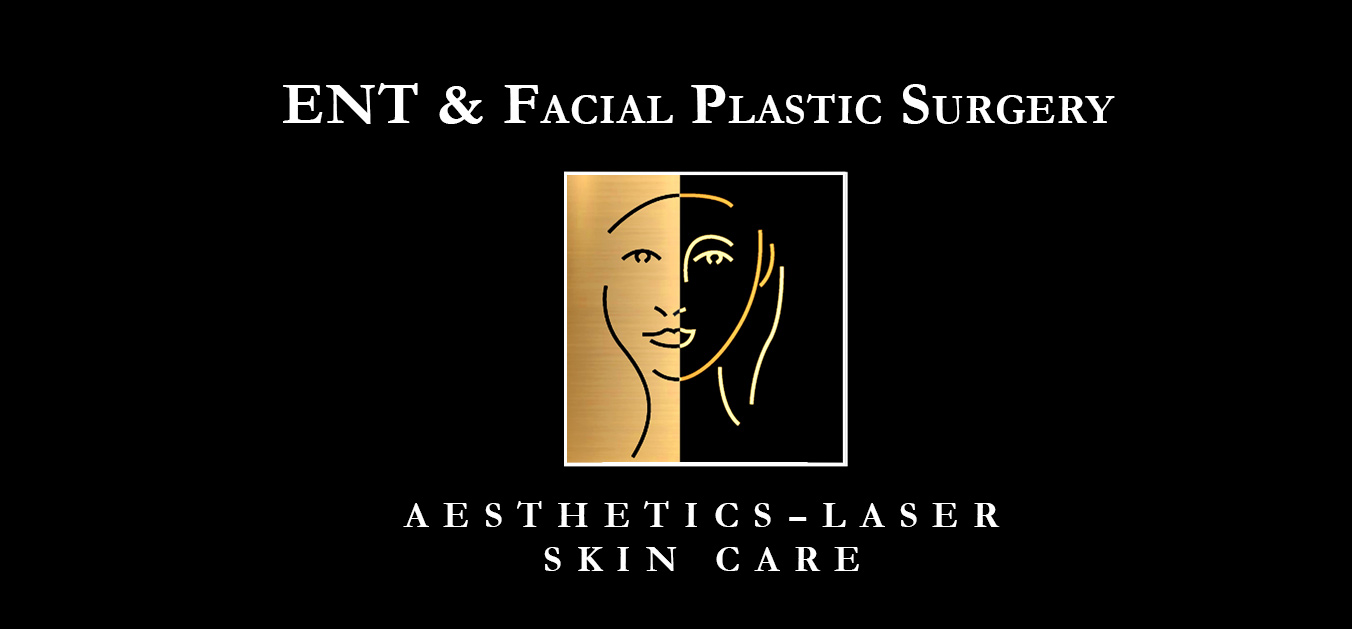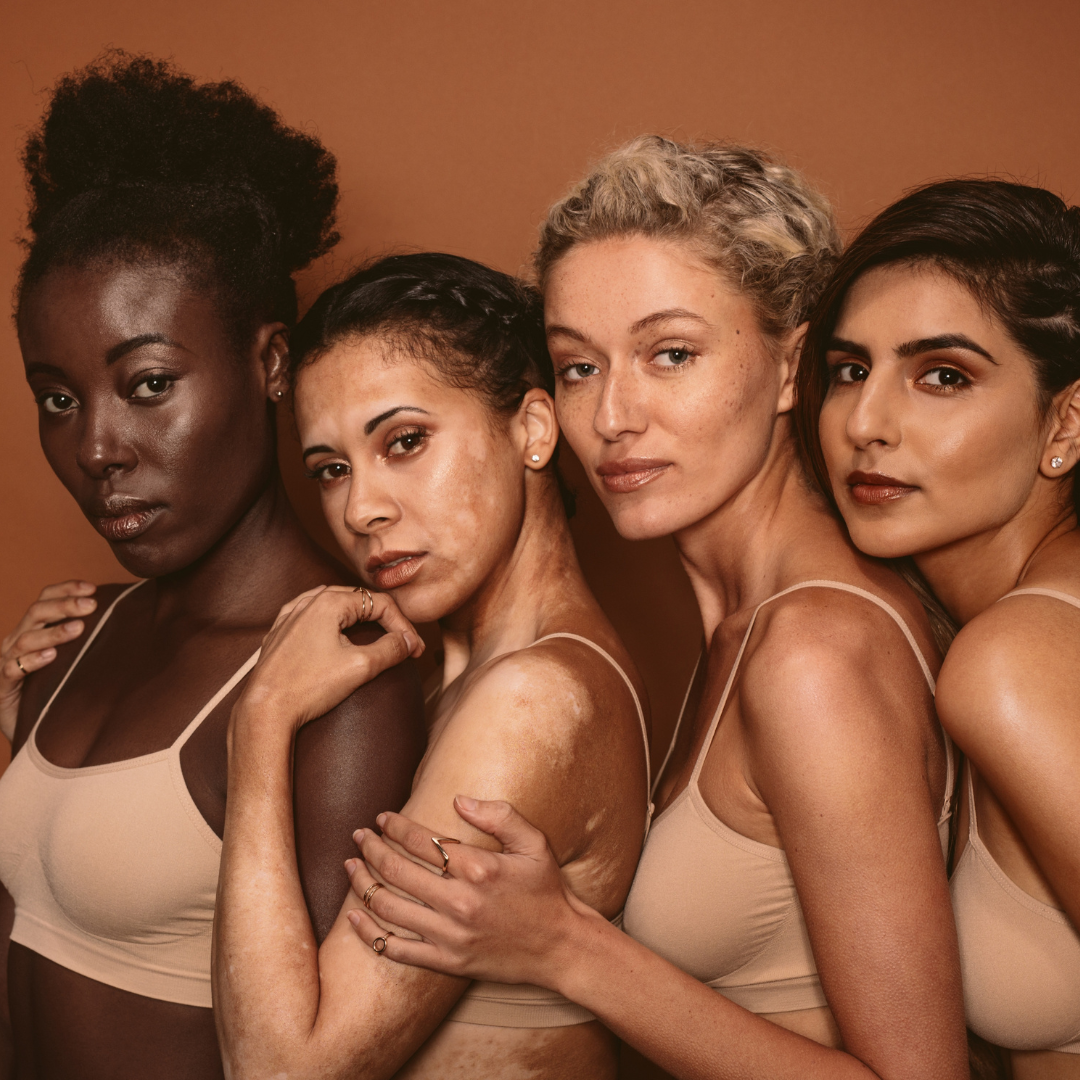Rhinoplasty is widely used to improve the appearance of the nose, boost self-confidence, or address breathing difficulties. However, when it comes to this procedure, one size does not fit all. Especially when it comes to people from various ethnic and cultural backgrounds. That’s where cultural and ethnic considerations in rhinoplasty comes in.
In this blog, we will explore the concept of cultural preservation rhinoplasty and the importance of cultural and ethnic considerations in rhinoplasty.
What Is Cultural Preservation Rhinoplasty?
Cultural preservation rhinoplasty is a subcategory of rhinoplasty that focuses on preserving the ethnic and cultural features of the nose.
The goal is to refine and enhance the look of the nose, while maintaining the patient’s overall ethnic appearance. Doing so, helps in preserving their cultural identity.
This type of rhinoplasty requires a specialized approach that considers the patient’s facial features, nasal anatomy, and cultural background.
The Importance of Cultural and Ethnic Considerations in Rhinoplasty
It’s extremely important to account for cultural and ethnic consideration in rhinoplasty.
In fact, unlike “Western” rhinoplasty, which seeks to create a nose that fits a specific aesthetic ideal, cultural preservation rhinoplasty is a highly customized procedure. It requires a thorough understanding of the patient’s cultural background, including their ethnic origin and family traditions.
For instance, many surgeons who perform cultural preservation rhinoplasty for people of Asian heritage need to consider the patient’s bone structure and cartilage density, which differ from Caucasian patients.
In addition, rhinoplasty surgeons who perform cultural preservation procedures must understand the nuances that make a particular ethnic group’s nose unique.
For example, for many African American patients, rhinoplasty means subtly adjusting the nose’s shape while maintaining the width, creating a natural appearance.
In contrast, for Middle Eastern patients, rhinoplasty often focuses on bridging the nose, reducing a hump, and augmenting the nasal tip’s projection.
Therefore, cultural preservation rhinoplasty can help achieve a more personalized nose that complements the rest of the patient’s facial features.
What Are the Advantages of Cultural Preservation Rhinoplasty?
When performed correctly, cultural preservation rhinoplasty allows patients to maintain their ethnic identity and avoid the “cookie-cutter” appearance that traditional rhinoplasty may create.
For example, many people of Asian heritage have a flatter and wider nose bridge. While traditional rhinoplasty may provide them with a more defined nasal bridge, it can result in an overly “Westernized” appearance, detracting from their ethnic features.
Cultural preservation rhinoplasty helps in achieving a more balanced result.
Learn More Cultural and Ethnic Considerations in Rhinoplasty
If you would like to learn more about cultural preservation rhinoplasty and if it’s right for you, please call our office to schedule a consultation with one of our highly skilled and experienced surgeons.


